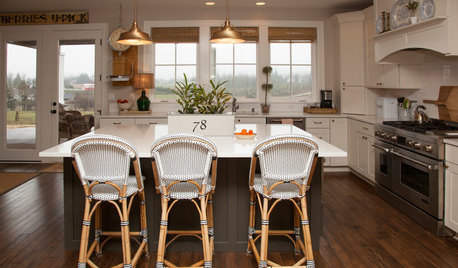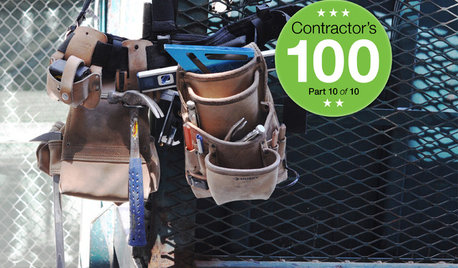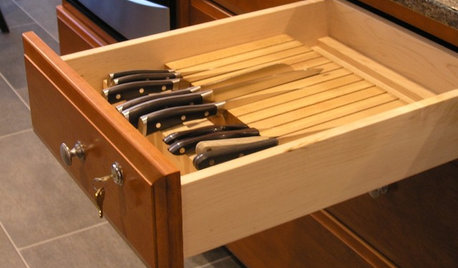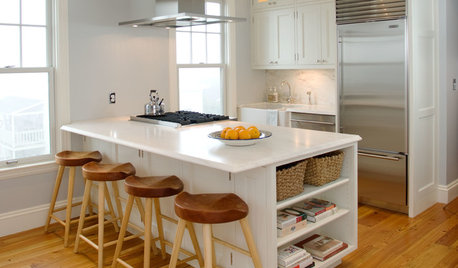How to tell determinate from indeterminate?
2ajsmama
10 years ago
Featured Answer
Sort by:Oldest
Comments (13)
seysonn
10 years ago2ajsmama
10 years agoRelated Professionals
Foothill Ranch Landscape Architects & Landscape Designers · Owings Mills Landscape Architects & Landscape Designers · Parole Landscape Architects & Landscape Designers · Newcastle Landscape Architects & Landscape Designers · Woburn Landscape Contractors · Fort Myers Landscape Contractors · Fort Wayne Landscape Contractors · Northport Landscape Contractors · Pompton Lakes Landscape Contractors · Seymour Landscape Contractors · Irvington Landscape Contractors · Miami Gardens General Contractors · Saint Paul General Contractors · Gaithersburg Decks, Patios & Outdoor Enclosures · St John's Kirk Decks, Patios & Outdoor Enclosuresrobeb
10 years ago2ajsmama
10 years agojrslick (North Central Kansas, Zone 5B)
10 years agoBets
10 years agodigdirt2
10 years ago2ajsmama
10 years agoseysonn
10 years agoseysonn
10 years ago2ajsmama
10 years agodigdirt2
10 years ago
Related Stories

KITCHEN DESIGNDetermine the Right Appliance Layout for Your Kitchen
Kitchen work triangle got you running around in circles? Boiling over about where to put the range? This guide is for you
Full Story
HOUZZ TOURSMy Houzz: A Country Home Built on Dreams and Determination
Meaningful antiques mix with new pieces in a family’s just-built house on a former strawberry farm in Oregon
Full Story
KITCHEN DESIGNHouzz Call: Tell Us About Your First Kitchen
Great or godforsaken? Ragtag or refined? We want to hear about your younger self’s cooking space
Full Story
REMODELING GUIDESContractor's Tips: 10 Things Your Contractor Might Not Tell You
Climbing through your closets and fielding design issues galore, your contractor might stay mum. Here's what you're missing
Full Story
LIFETell Us: Do You Know How to Live With Your Parents?
If you've tried multigenerational living under one roof, we'd love to hear the details
Full Story
HOUZZ TOURSMy Houzz: Curiosities Tell a Story
An interiors stylist uses her house as a 3D timeline of her tales and travels
Full Story
REMODELING GUIDESFrom the Pros: 8 Reasons Kitchen Renovations Go Over Budget
We asked kitchen designers to tell us the most common budget-busters they see
Full Story
MODERN HOMESHouzz Tour: Design Lessons From a Deluxe Spec House
This luxurious Austin home was built on spec, but you'd probably never know it if we didn't tell you. Discover 10 reasons why
Full Story
KITCHEN DESIGN20 Kitchen Must-Haves From Houzz Readers
We asked you to tell us your top kitchen amenities. See what popular kitchen features made the list
Full Story
HEALTHY HOME6 Tips From a Nearly Zero-Waste Home
Lower your trash output and increase your quality of life with these ideas from a mom who did it to the max
Full StoryMore Discussions






seysonn